(adsbygoogle = window.adsbygoogle || []).push({});
Sten Lex is a duo of artists from Rome and Taranto in Italy. Both born in 1982, they work together since 2000. Considered as the pioneers of urban stencil in Italy, their work is mostly the product of individual pathways. Mixture of stencil and op art, Sten Lex’s monumental works are made from thousands of strips of paper and compose portraits of people that both artists have themselves photographed, found among family albums or that are merely anonymous people.
– Hello Sten Lex,
first of all, how you doing and what are you working on these days?
We are working on a show at the Wunderkammern Gallery in Rome.
– I saw your recent work for Traffic Design in Gdynia, and it seemed to me somehow different compared to your previous production. Would you speak?
In 2013 we did a show in Shanghai for the Magda Danysz Gallery, and in this show, for the fist time we abandoned the portraits and we realized some abstracts stencils.
We started working on sketches drawn by pen. Many confusing and instinctive signs, we draw about 300 abstract sketches on A4 paper and we chose 6 of them, we enlarged that sketches about 1mt and we cut out the stencil. One of this, with some changes, is the one we did for the festival. It seems flowers, or fire works, and that sketch was the best result for that series and we decided to reproduce it in Gdynia for Traffic Design. The work is very far from the geometry we used for the portraits. It was a break from the past.
– Much has been written about your technique, and I have always found it very charming.
Is there something that you’ll change in the future, or it will always be your trademark?
The process we use, in particular on the walls, is something very important for us because we try to use the stencil not just as a medium but as a part itself of the work. It’s something that is functional to the realization of big walls but at the same time it’s structural to the work. The idea of unveiling the work through the death of the stencil, the death of reproducibility, for us is a way to experiment the technique until its paradox.
Now we are focusing more and more on the difference between the geometrical and the chaotic signs. Finding balances. It’s true that the process is important in our case but it cannot exhist without a content, that is the reason we are working a lot on the instinctive signs.
– I’m also thinking about the use of black and white, do you think it is an essential part of your style?
The use of black it’s functional for understanding the colors that we will probably use in the future. A reason why we use just the black is the cost of realizing a wall with several colors: each layer of color is a new stencil. The works we realize outside are more expensive respect to a classic mural because we need to print a poster as big as the wall is, each layer is twice the price and twice the physical effort. We spend at minimum 10 days for a mural.
– Let’s go back to the origin of your artworks, how hard was to establish yourself on the scene and what do you think were the most important steps on the run?
We don’t think we are established at all, and it’s possible that we don’t want to stay in the establishment. The word itself remind us something arrived, something that is not evolving.
– I’ve seen installations videos for the Atlanta and Katowice walls, and I’d like to know something about the pre-production: how much time do you spend in the preliminary contacts? Are you represented by someone or do you work on commissions?
We are represented by a great manager: Silvio B.
– Let’s talk about the Italian art scene, in the last three years I have seen exceptional emerging artists, there is someone you follow in particular?
In the last years we were impressed by works like “automobile rossa” by Alfano and “delle montagne” by Ciredez.
– What do you feel are some of your best accomplishments within your art so far in your career? I mean, what about a moment when you were working and you thought “I finally did it!”?
In 2010 we did a show at the Co2 Gallery in Rome, and for that show we started working with the process of the “stencil poster”, we felt a strange sensation. We used that process just to avoid the overspray that was very common in stencil composed by lines. Before removing all the paper from the canvas we stopped and we agree that the work was complete. But we didn’t know that moment was so important for our future.
– What were some defining moments in your youth where you sat aside or thought to yourself ‘Ok, I really love drawing’ and from there to ‘I am an artist?’
We ask everyday ourselves if we are artists even if for social relation we present us as “artists”. Being a real artist and make real works of art is something very serious. Few people are “true artists”, most are simply “artists”.
– How do you feel social websites and apps such as Tumblr and Instagram are influencing art?
More than art, instagram have some influence on fake popularity.
(adsbygoogle = window.adsbygoogle || []).push({});


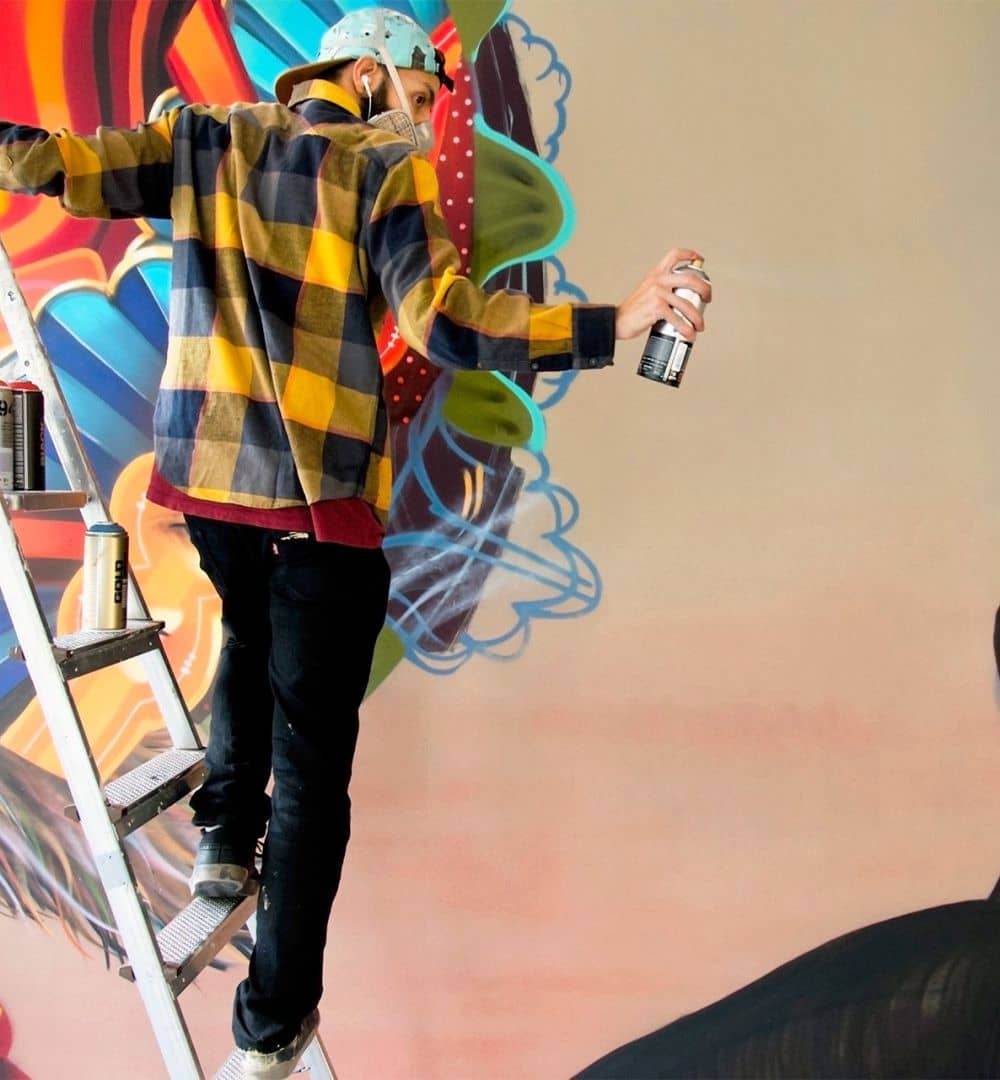
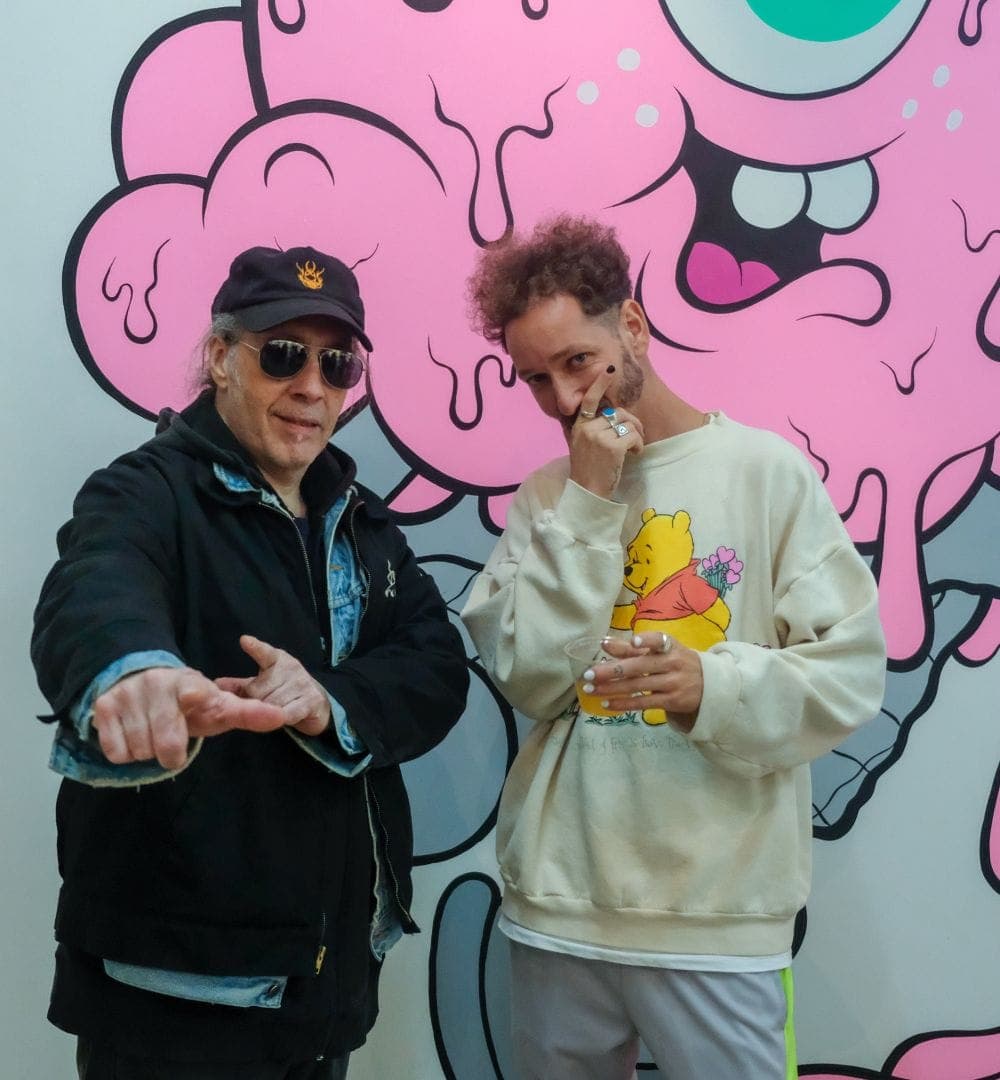
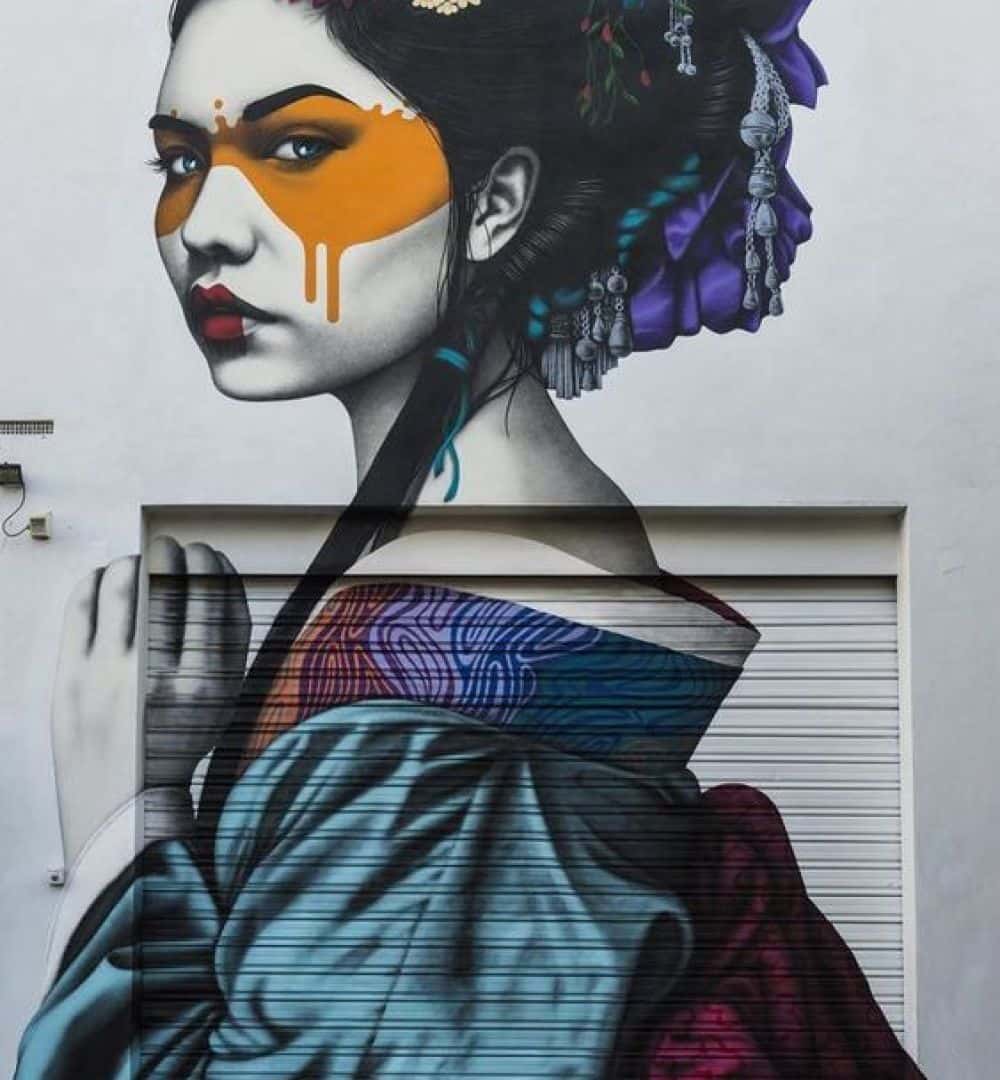

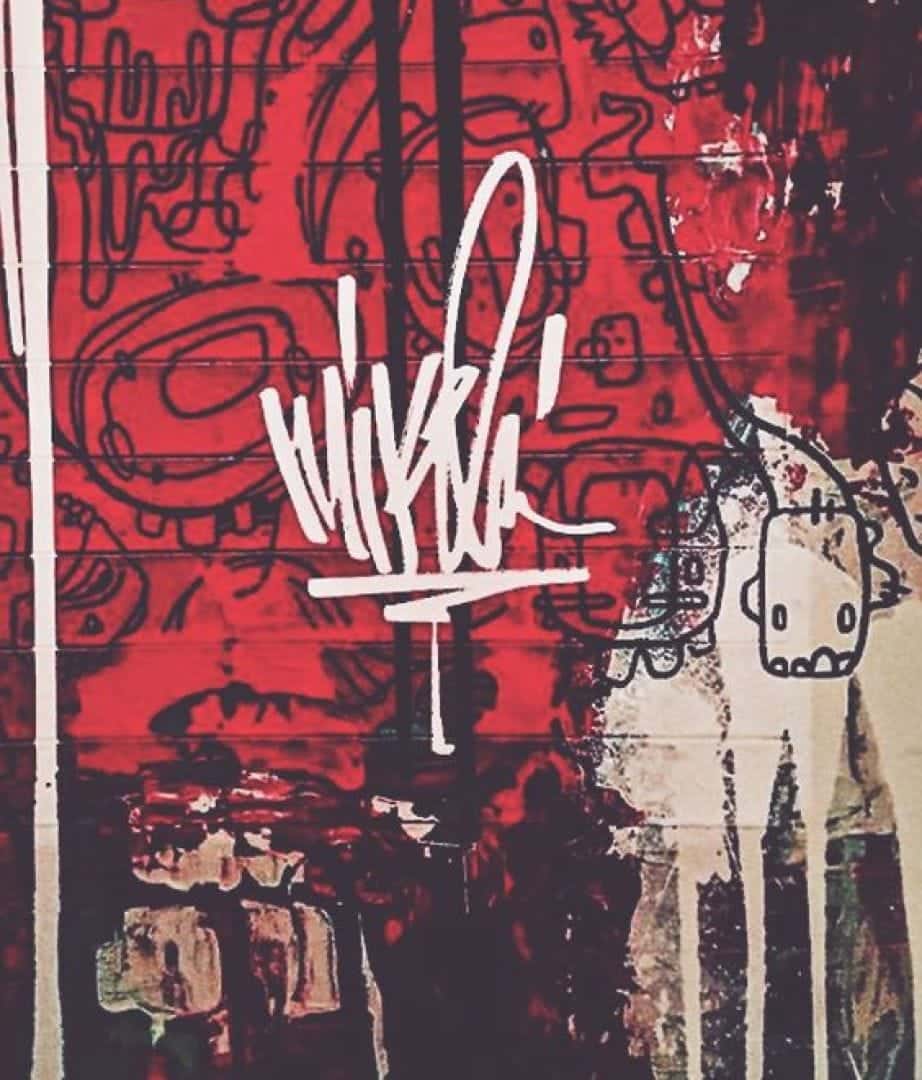
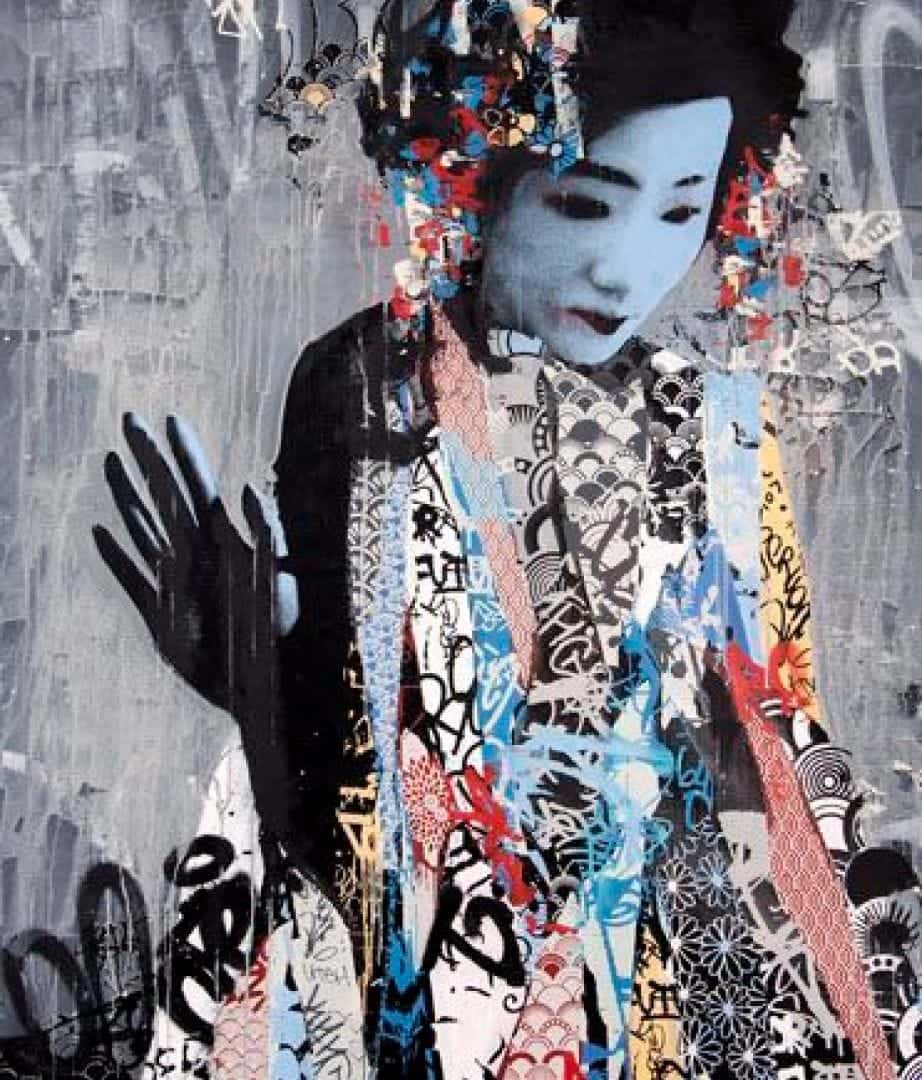
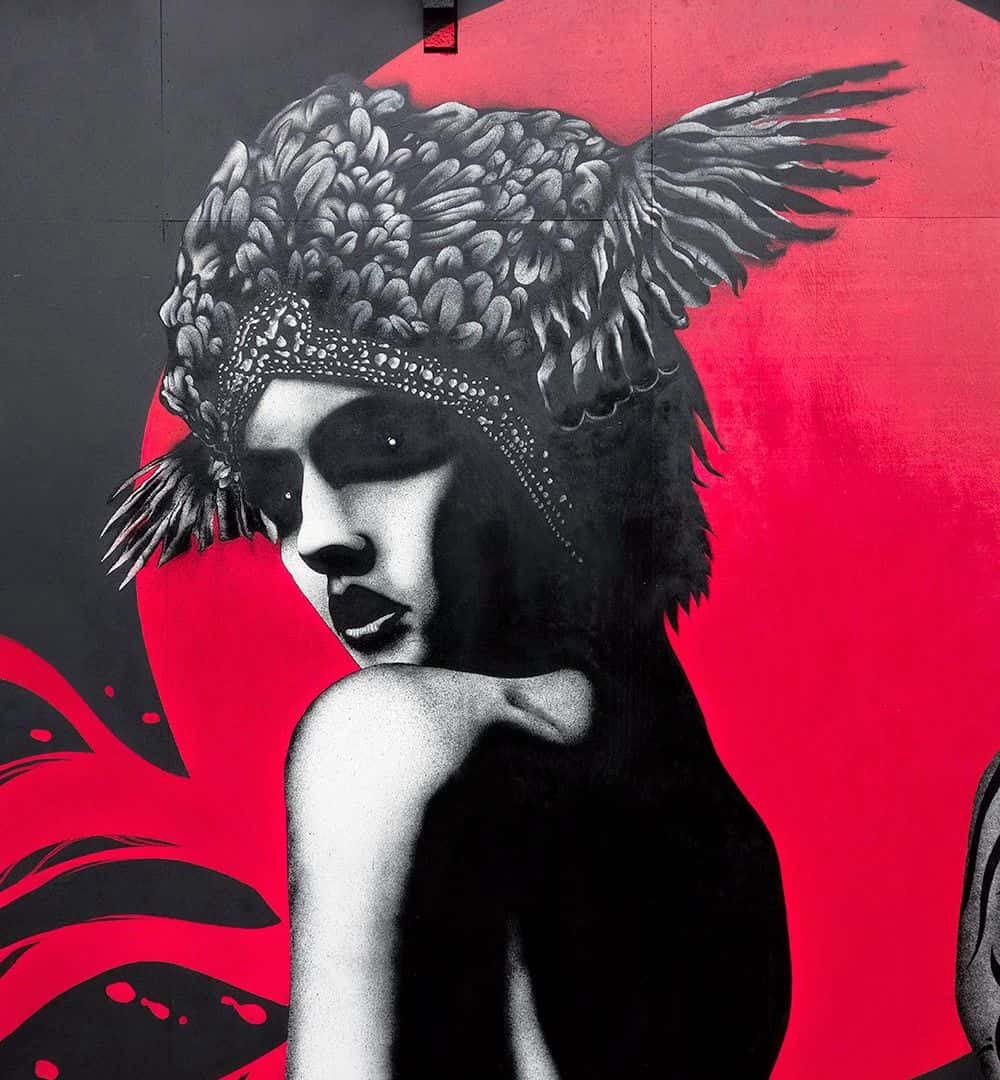
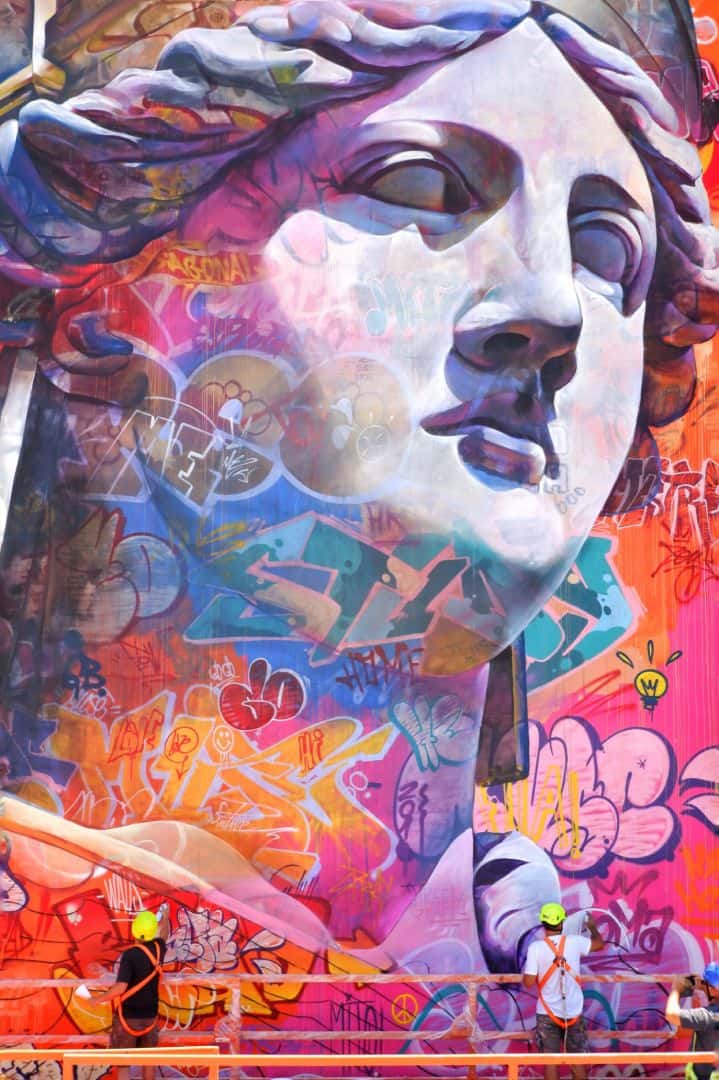









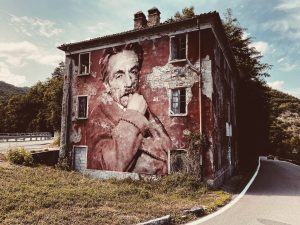
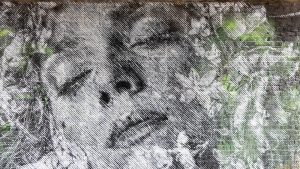
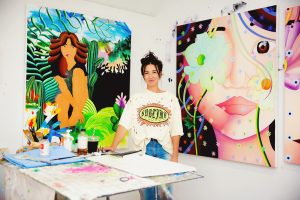
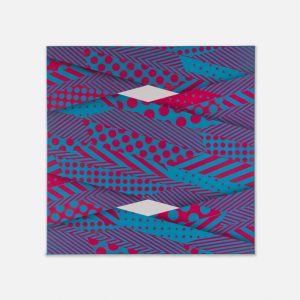
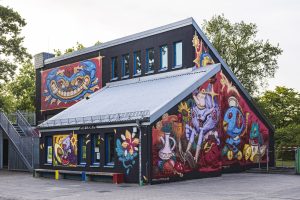
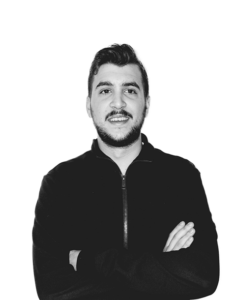

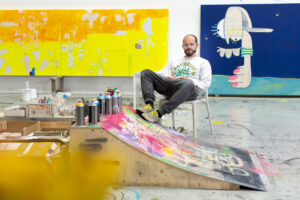
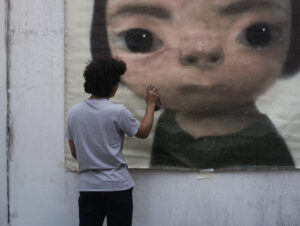
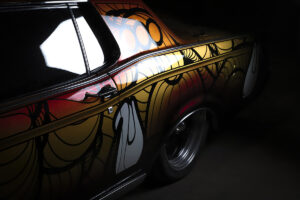
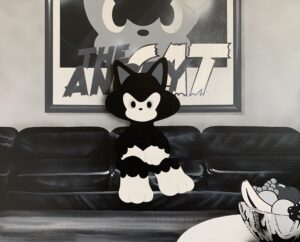
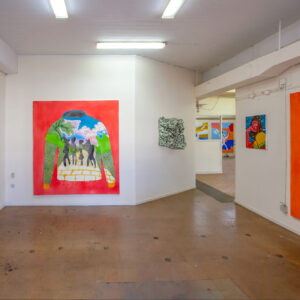
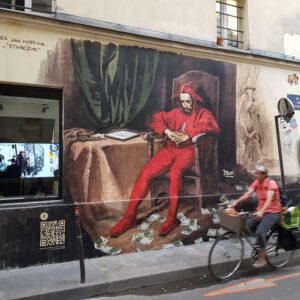
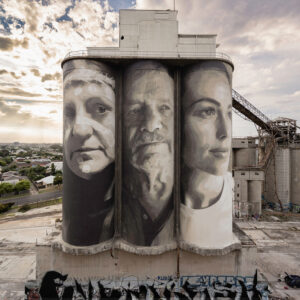
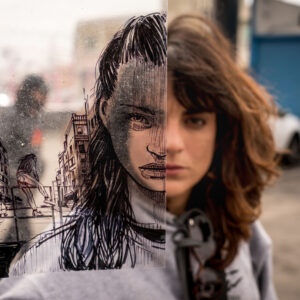
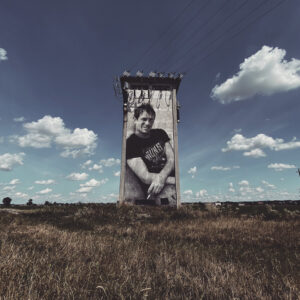

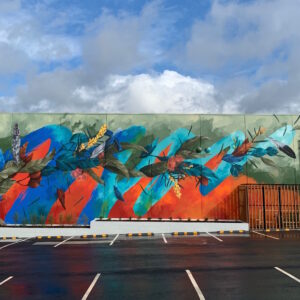

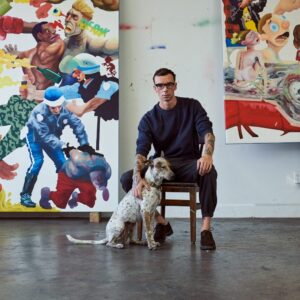
comment